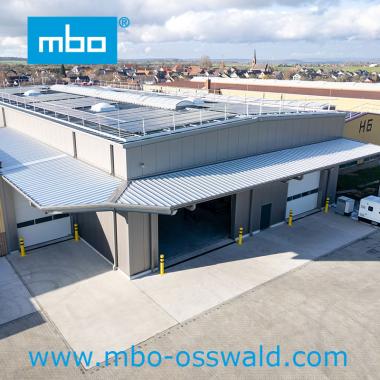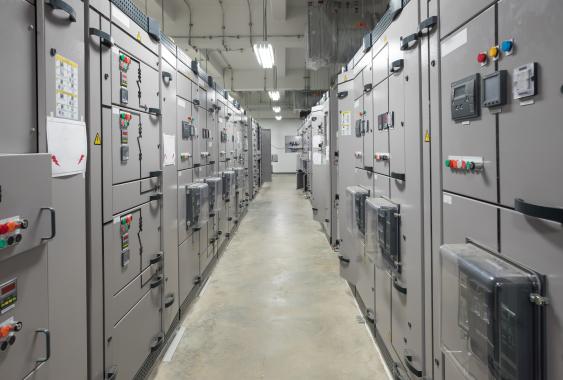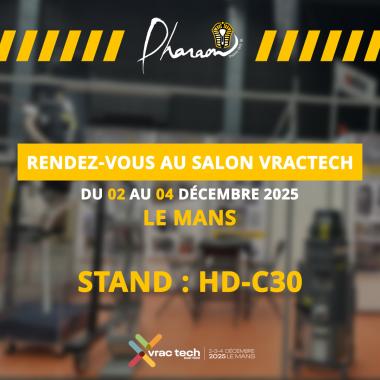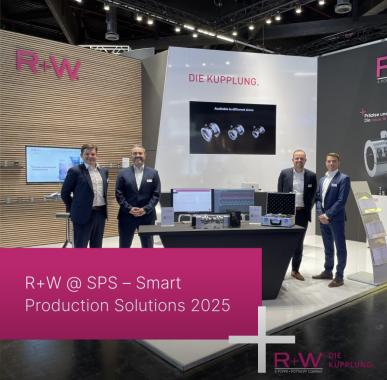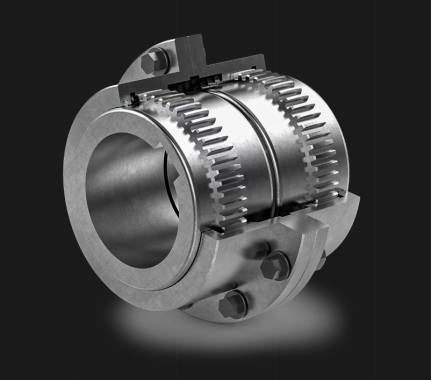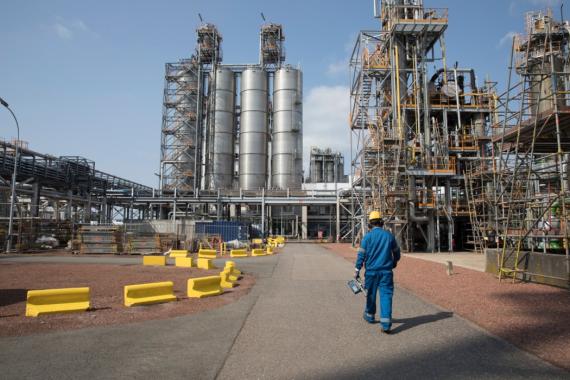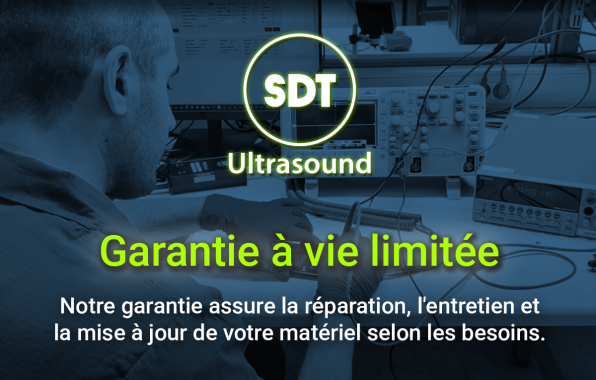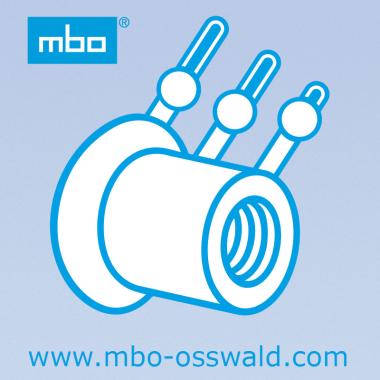Mechatronics at the heart of Industry 4.0
Mechatronics is a technology that combines mechanics, electronics, computing as well as new information and communication technologies such as the Internet. Olivier Cloarec, Artema Technical Advisor and Laurence Chérillat, Artema General Delegate, present the advantages of this approach at the heart of innovative industry, implemented in many sectors.
Mechatronics, creator of intelligent products
According to the definition of the vocabulary standard NF E 01-010, mechatronics is an approach which aims " the synergistic integration of mechanics, electronics, automation and computing in the design and manufacture of a product with a view to increasing it and/or optimizing its functionality . »
“ Artema, the union of mechatronics manufacturers, has defined, for each of its professions, the products or equipment that fall within this scope. This approach by identifying products makes it possible to give a concrete vision of what mechatronics is, explains Olivier Cloarec. It is important to note that the fields of application are vast and evolving since they encompass the perimeters of the IoT, cyber-physical systems, the Internet of services, the connected factory. »
Mechatronic products are thus present in:
· pneumatic transmissions (cylinder with sensors, component with integrated diagnostic function, controlled solenoid valve, etc.);
· hydraulic transmissions (hydraulic motor with speed sensor, valve with pressure or flow regulation, servo pump, etc.);
· bearings (instrumented bearings, magnetic bearings, lubrication systems, etc.);
· linear guidance (guidance with integrated sensor, linear module, etc.);
· mechanical transmissions (instrumented gear reducers and geared motors, instrumented brake, diagnostic sensor, etc.);
· sealing (instrumented seal, instrumented mechanical seal).
Varied benefits for overall performance
The very principle of mechatronics is to optimize and enrich functionality through the exchange and storage of data. The product adapts according to the information obtained, sometimes thanks to the connection to the Internet.
The benefits go beyond this functional improvement. “ A reduction in weight is observed because instead of having components made up of several modules, we have an all-in-one. This leads to a reduction in volume and costs, in particular energy”. In fact, there are fewer electrical connections since everything is centralized, thus reducing energy expenditure. Compactness finally has the advantage of facilitating assembly: the mechatronic object is easier to insert into an environment, whatever it may be.
The other great benefit is the increase in operational safety: “ The intelligent component is able to carry out self-diagnosis, which can also make it possible to avoid a technical problem. In the event of a rise in temperature, for example, the mechatronic product can lower its operating speed to avoid a breakdown,” explains Olivier Cloarec. The gain in reliability is thus added to increased security, ease of maintenance and better availability. Ultimately, it is an extension of the life of the product that is assured.
Many illustrations at the service of innovation
If it is relatively unknown, mechatronics is nevertheless present in many industrial fields. In transport, mechatronic products are used in aeronautics, rail, road. “ This is the case with autonomous cars, for example ,” underlines Olivier Cloarec. Mobile machines incorporating this innovative approach are also used in construction and agriculture. In some factories, autonomous trolleys make it possible to transport heavy parts to the site while preserving men.
“The machine is able to circulate by detecting its environment, it is an important element of factory 4.0 . Mechatronics is also present in many industrial processes such as fluidic transport, the food industry… ”. The army also uses mechatronics in the navy or aeronautics for very compact high-tech equipment. Finally, in the medical field, it is present in cutting-edge products (artificial heart, prostheses, imaging). Robotics, in the context of remote operations, also integrates mechatronic products equipped with a very powerful internet connection.
A central role in the factory of tomorrow
Mechatronics intervenes at the component level but it is also understood in terms of a mesh of intelligent and complex components, able to communicate with each other to exchange data. “ This allows, at a system level, to perform complete functions. In this, mechatronics is at the heart of the factory of the future. It carries within it its germination ”, sums up Olivier Cloarec. Beyond technology, this inclusive approach makes it possible to integrate all the players in the supply chain to produce better but also differently. However, it cannot be an ultimate solution to be generalized. “ Mechatronics is not a Holy Grail to be achieved, it must be part of a global reflection, a frugal approach to energy resources and needs. It is intended to be optimized according to the needs of end users in order to provide undeniable added value. »
A good recovery since 2021
Mechatronics is currently experiencing great activity. “ This year, the order books are full. The recovery in 2021 was strong after the slowdown caused by the Covid-19 crisis ”, rejoices Laurence Chérillat, General Delegate Artema. However, the positive trend is hampered in 2022 by delays in the delivery of certain materials, in particular aluminium, certain steels and semiconductors. “ Manufacturers are adapting and practicing “Stop & Go” to honor orders as well as possible ”. A sign of its dynamism, the sector is recruiting widely. “ In production, senior technicians, operators and hydraulic engineers are in demand. There is also a significant demand for technical-commercial profiles. Artema has developed partnerships with schools, this allows us to promote our professions through internships or apprenticeships. Mechatronic industries have 3% of apprentices on average and this can reach 10% for some companies. A level much higher than the average observed among other manufacturers. This operation is also a way towards recruitment”, explains Laurence Chérillat.
Currently, a practical guide (“The mechatronic transformation of the company”) is being prepared, coordinated by Artema. It aims to share the developments of Industry 4.0 in which mechatronic solutions play a key role.
Our other news
See allJoin the largest community of industrial suppliers
- Helping you with your ongoing technology watch
- Provide you with detailed supplier statistics
- Give you international visibility
Discover the largest catalogue of industrial products on the market
- To offer you the best catalogue of industrial products on the market
- To guarantee you a 100% secure platform
- Enable you to have live remote exchanges


 Français
Français 